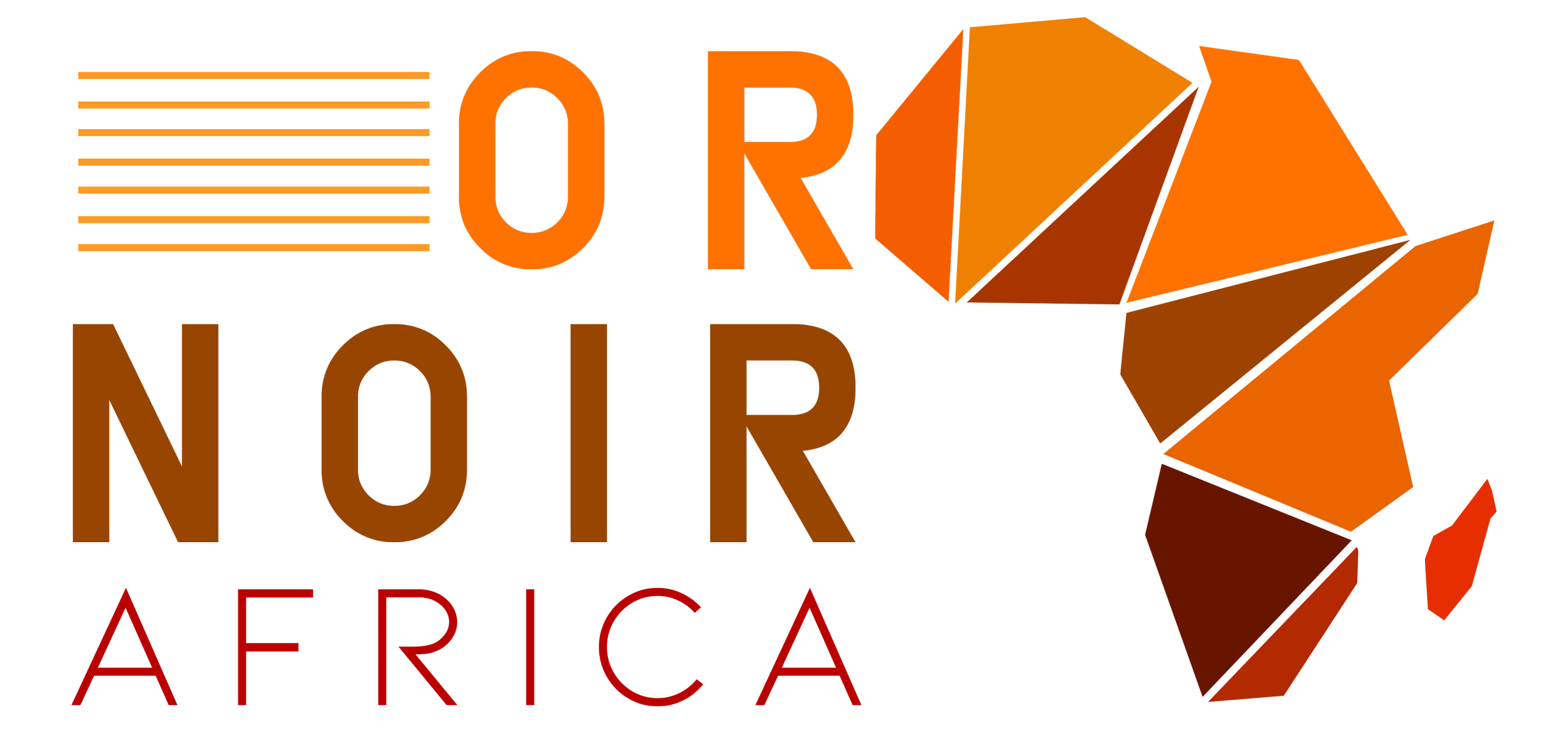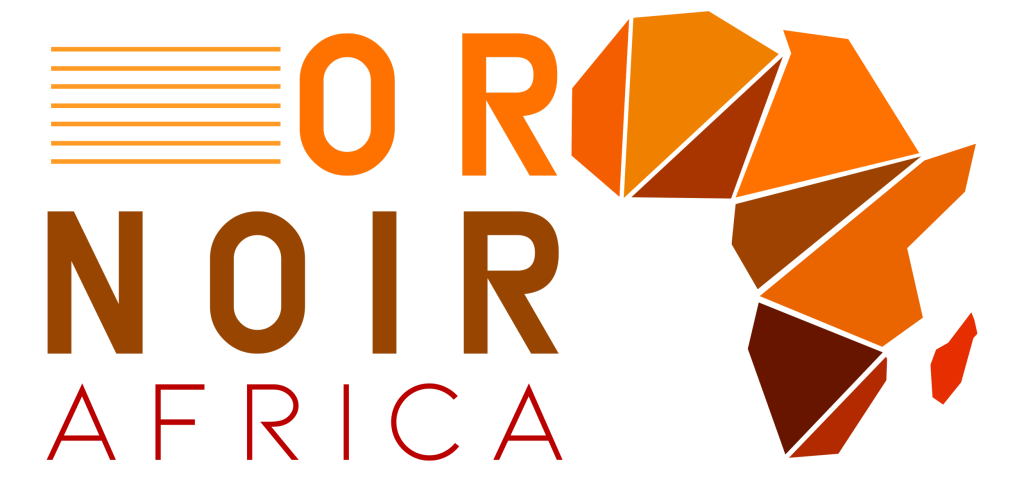Alors que la Libye a connu un arrêt temporaire de la production de pétrole pendant les huit premiers mois de 2020 en raison d’un blocus contre les terminaux d’exportation de pétrole côtiers, le pays conserve toujours les plus grands gisements de pétrole d’Afrique, avec plus de 48 milliards de barils de réserves récupérables estimées.
De plus, la Libye produit du brut doux et de haute qualité qui est à la fois relativement facile à extraire et vendu à un prix plus élevé, renforcé par la proximité du pays avec les marchés européens. Alors que les principaux opérateurs ont exploité le prolifique bassin de Syrte du pays, les bassins de Murzuq, Ghadamès, Koufra et Cyrénaïque, ainsi que le golfe de Syrte au large, ont été relativement sous-explorés et devraient détenir un potentiel frontalier considérable. En conséquence, la Libye offre des perspectives intéressantes dans les bassins matures et frontaliers,
Avant le blocus, plusieurs IOC se préparaient à développer davantage les importants gisements de pétrole de la Libye. En décembre 2019, Total et la National Oil Corporation (NOC) libyenne ont signé un accord accordant à la major française une participation minoritaire dans l’actif libyen Waha. Selon l’accord, Total aidera la NOC à développer les champs North Giaolo et NC 98 dans la concession Waha, augmentant la production de 180 000 b/j et investissant 650 millions de dollars. Le même mois, la compagnie pétrolière russe Tatneft a repris ses activités en amont dans le bassin de Ghadamès après plus de cinq ans de retard. Tout au long de 2019, BP, Eni et Gazprom ont annoncé leur intention de reprendre leurs activités d’exploration en Libye, tandis qu’OMV et Repsol prévoyaient d’accroître leur présence en amont.
Depuis la levée du cas de force majeure en octobre 2020, d’autres CIO ont réaffirmé leurs engagements envers le pays. En août, Shell a rencontré la NOC pour discuter de la reprise de l’exploration en Libye, ainsi que des activités de commercialisation et de raffinage, après l’arrêt des opérations de la société pendant neuf ans. Pendant ce temps, l’espagnol Repsol a annoncé le même mois son intention de reprendre ses activités d’exploration pétrolière et d’effectuer des travaux de maintenance sur les équipements de surface du champ pétrolifère d’El Sharara, le plus grand champ pétrolifère de Libye qui détient trois milliards de barils de réserves récupérables.
Le mois dernier, le CNO libyen a rencontré Equinor pour discuter des besoins en infrastructures de soutien ; la réhabilitation et la mise en production du champ de Mabrouk ; et faciliter le transfert d’expertise technique de la multinationale norvégienne vers les activités d’exploration et de production de la Libye. La NOC a également rencontré Eni pour prolonger un délai concernant un projet pétrolier mené par le géant pétrolier italien qui comprend la construction de deux nouvelles plates-formes offshore fixes en face du complexe de Mellitah dans l’ouest de la Libye, ainsi que le développement de sous-marins. canalisations adjacentes à une installation de traitement de gaz à terre.
Selon les déclarations du gouverneur de la Banque centrale de Libye, Sadiq Al-Kabir, la Libye doit augmenter sa production de pétrole de 40 % par rapport aux niveaux actuels pour faire face à ses dépenses et relancer son économie. Le pays d’Afrique du Nord produit actuellement 1,3 million de b/j, qui devrait générer 25 milliards de dollars de revenus d’ici la fin de 2021. Désormais, le pays vise des niveaux de production de 1,8 million de b/j d’ici 2022, ce qui devrait gagner 35 milliards de dollars si le prix du baril se situe en moyenne autour de 60 dollars. Cela accélère les objectifs antérieurs fixés par le ministère du Pétrole et du Gaz qui visaient à produire 1,6 million de barils par jour d’ici 2023 et 2,1 millions de barils par jour d’ici 2025. En plus d’augmenter la participation de la COI, plusieurs facteurs seront décisifs pour parvenir à une production agressive.


